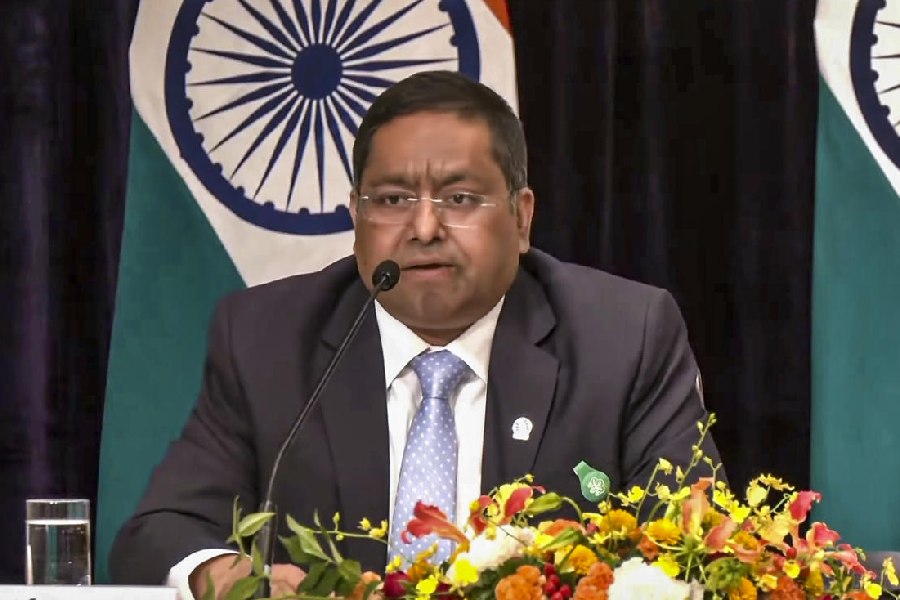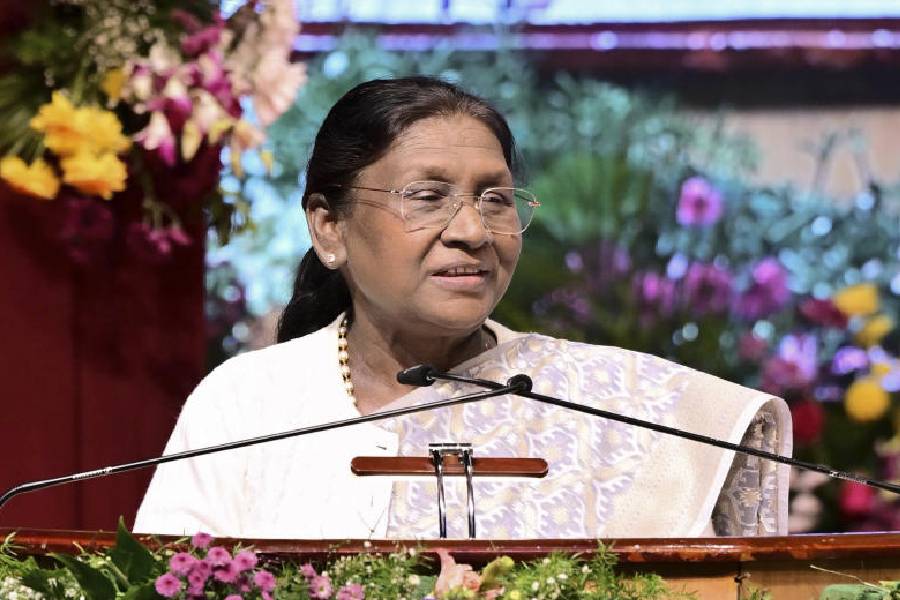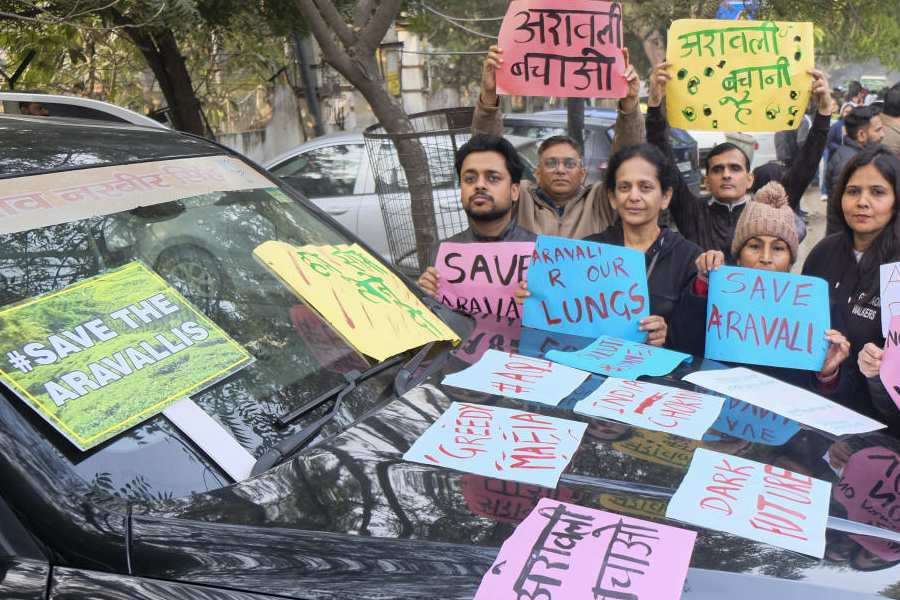New Delhi, Oct 27: A defence ministry "clarification" on rank parity between military and civilian officers in Armed Forces Headquarters (AFHQ) today claimed equivalence has been maintained as in the past.
But the government "clarification" has confused the forces further because both tradition and documentation illustrate otherwise.
"We needed to address the issue in the interest of functionality because in AFHQ officers are coming from two different streams - military and civil - and they need to work together," a defence ministry official explained
"It is clarified that there has been no downgradation or any change in the existing equivalence of service ranks whatsoever. The existing functional equivalence as clarified in 1991 and further reiterated in 1992, 2000, 2004 and 2005 has only been reaffirmed," the clarification issued by the defence ministry said.
The ministry note said a letter dated October 18 on rank equivalence was "only for matters of assigning duties and functional responsibilities as is already existing in different offices of the respective service headquarters of the army, navy and air force having component of service personnel as well as civilian officers."
The order impacts seven military ranks (lieutenant-captain-major-lieutenant colonel-colonel-brigadier-major general and equivalent in order of ascendance) and four civilian cadre ranks of the AFHQ service (undersecretary, deputy or joint director, director and principal director).
The October 18 letter equated a major general to a principal director, a brigadier to a director and a colonel to a joint director. This is unacceptable to the armed forces though they have been asked to abide by it. The order applies only the Armed Forces Headquarters in New Delhi, the ministry said.
"It has no bearing on civilian employees outside these offices of the service headquarters. It is reiterated that there is no change in the rank structure or the status of the armed forces personnel," the government note concludes.
The note was issued after defence minister Parrikar took a meeting on Wednesday "with all stakeholders for a 360 degree view", a defence ministry source said.
"It seems that the minister (Manohar Parrikar) has not been properly informed. The clarification is absolutely incorrect," said Major Navdeep Singh (retired), an army reservist and lawyer who takes up cases of services personnel.
"This position is factually incorrect. In 2009, a group of ministers had actually sorted this out," he said.
In 1992, a note on the "Equation between Service officers and officers of AFHQ cadre" acknowledged that higher scales of allowances are paid to military personnel because of difficult circumstances in which they serve. But it also notes that "joint secretaries in the ministry of defence are equated to major generals and equivalent rank officers in the service headquarters". The office of principal director is not mentioned in the 1992 note.
Major Navdeeep Singh has also highlighted the report of a Group of Ministers in 2009 headed by Pranab Mukherjee. The report was on pay anomalies that the armed forces had asked for redress on.
Navdeep Singh says a GoM report that has been accepted by the Prime Minister's Office cannot be overridden by a ministry. The GoM report in January 2009 says that a Lt Colonel (and equivalent) was senior to a deputy secretary/joint director in the government but not equivalent to a director.
If this was the accepted position of the government, how could an October 18, 2016, letter of the defence ministry equate a colonel, who is senior to a lieutenant colonel, to a joint director, Major Navdeep Singh asks.
The October 18 letter of the defence ministry explains equivalence in AFHQ in a table. It says that major generals and equivalent are on a par with principal directors of the civilian cadre; brigadiers are on a par with directors and colonels are on a par with joint directors.
The armed forces think they have been forced to accept a loss of rank and have protested. Military officers suspect that the manipulation of ranks favours the AFHQ civilian cadre that is a "Group B" service. The IAS and allied cadre are the "Group A" service.
But the government is expecting its order to be accepted after the clarification issued today because the dispute over equivalence threatens to widen the rift between military and civilian cadre.
"We would like to close the debate," said a defence ministry official.










